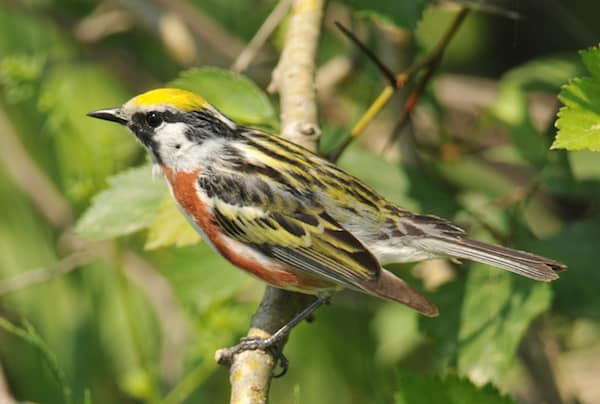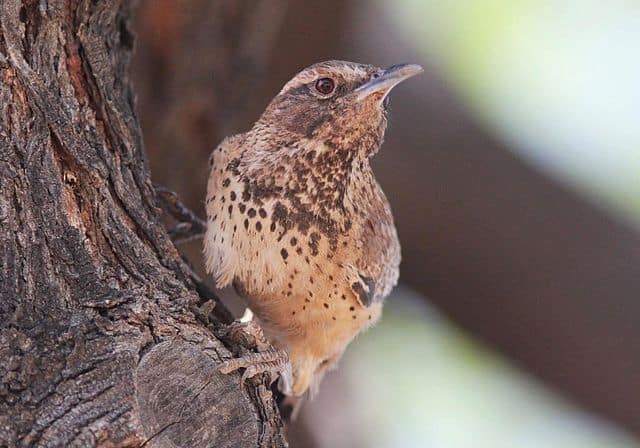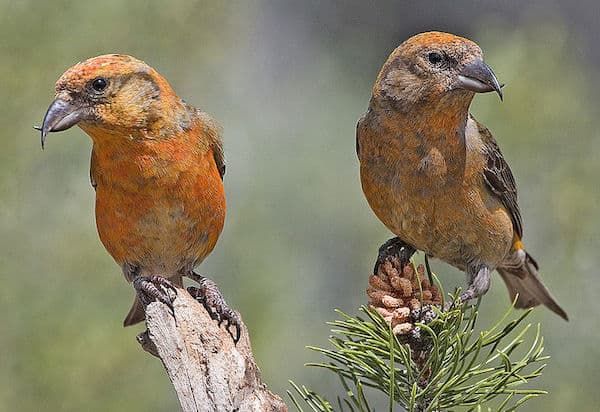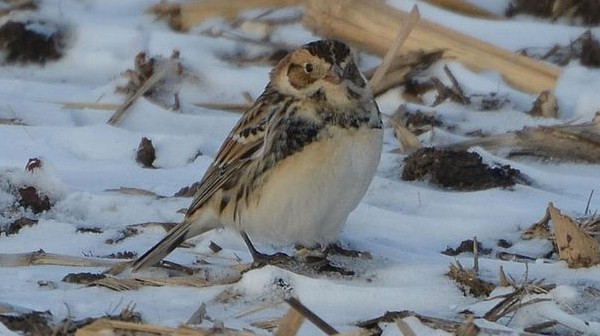Look For
True to its name, this warbler has chestnut on its sides and breast. The chestnut-sided warbler also has black and yellow stripes on its wings and back. The most distinct marking is the yellow crown on its head and the black stripes that cover the eyes and face. The female will have a duller appearance with a hint of green in the crown.
Listen For
To attract females, this bird sings a very pretty please, please, pleased to meetcha. Uses a variety of call notes that are not very distinct.
Find It
The chestnut-sided warbler likes to live in scrubby areas or the edges of forests. They have benefitted greatly from human population because of the clearing of thick forest areas. The main breeding range is from southern Canada and the northeastern region of the United States. They begin migrating in August and will migrate through the eastern half of the United States.
Feeding Behavior
This warbler forages mainly on the lower level but can be spotted up throughout the tree, picking insects from the underside of leaves. It eats moth and butterfly larvae, flies, beetles, and arachnids. It will also eat fruit, which will vary according to region and season but include cherry, pear, plum, and apple.
Nesting Behavior
The nest site is chosen and constructed by the female only and is completed in two or three days. She will choose a site close to the ground and will construct the nest out of stems and strips of bar. It is then lined with plant down, fine grasses, and hair. They will produce a clutch of four eggs—white with brown spots—one to six days after the nest is completed.
Wow!
Chestnut-sided warblers will return to the same wintering grounds year after year, consequently meeting up with the same birds for the winter season.




